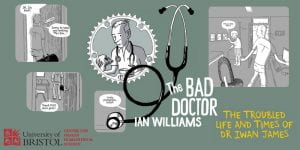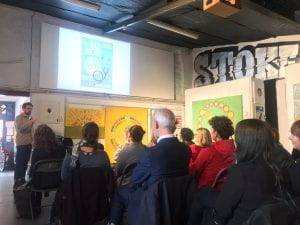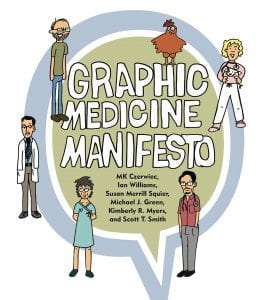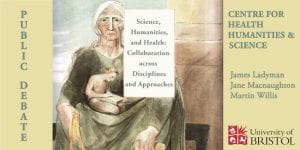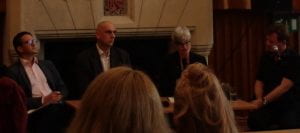Title: Is it true that the valiant never taste of death but once?: A pluralistic approach to time of death
On March 25th the CHHS held its first online research seminar with guest speaker Dr Jeremy Simon. Simon argued that our current concept of death is not essentially different from that of the preceding millennia. This concept is of an abrupt transition from one state (life) to another (death). This transition in the body then causes many secondary changes. Among others, the person’s property must be transferred to new owners, their spouse may remarry, their body may be buried or otherwise disposed of, the family should mourn, medical treatment is no longer considered necessary, appropriate or possible, and, recently, the patient’s organs can be transplanted. What is essential, though, is that there is a single physiological event, which marks a single transition, and this single transition yields multiple consequences.
The sharp transition from life to death, however, was only apparent, or perhaps better, temporary, a feature of the pre-modern condition. The absence of effective interventions meant that peoples’ brain-stems, hearts and lungs all stopped working essentially simultaneously, and patients with severe brain injury or pathology (i.e., those whose cortices were not functioning) reached that point promptly, due to dehydration if nothing else. Modern medicine, however, has allowed us to separate these events, and thus unsharpen the transition from life to death. For those whose hearts have stopped, we have defibrillators and bypass, so that the brain, and in some cases, the heart, can survive cardiac arrest. For those whose brainstems are not functioning, we can support the cortex and heart with intubation. And for those whose cortices are not functioning we have intravenous and gastrostomy nutrition and hydration.
The ability of modern medicine to separate these events that formerly occurred as a bundle has not gone unnoticed by philosophers. The response has been to try to determine which of these events (roughly, cortical death, brainstem death and cardiorespiratory death) results in the transition from life to death, that is, is really death. This attempt has not resulted in consensus, however, but in dissatisfaction and paradox. Simon suggested that the reason for this failure is that there is no unified concept of death, but rather, several. Loss of personality is one transition that can be thought of as death, loss of the brain’s control of the body another, loss of a heartbeat a third. Each of these, however, represents a somewhat different change, a somewhat different conception of what it is to die. Without modern medicine, there was no need to consider the differences between these transitions, because they all occurred essentially simultaneously. Now, however, we must consider the meaning and implications of each transition for itself. We are conflicted as to when death occurs because we are conflicted as to what it is to die.
Furthermore, as we peel apart these transitions, we will likely find that just as there are multiple transitions, which, at least potentially, occur at different times, the various social and legal implications of death are most reasonable connected with one or another of these physiological transitions. Thus, in order to answer the question “Is he dead?” we must first ask “Why do you care?”


